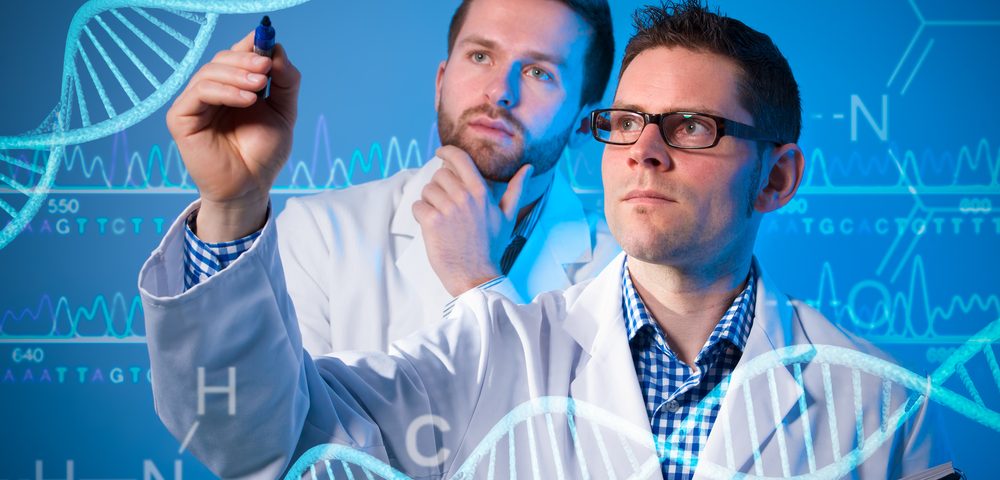Researchers have discovered new gene variants that affect how ovarian cancer patients respond to standard chemotherapy treatments Paraplatin (carboplatin) and Taxol (paclitaxel).
The variants influence how a patient processes chemotherapy medications. For example, those who process medications faster are less likely to respond positively to treatment. Therefore, the variants could work as biomarkers of therapy response to help personalize individual treatment for ovarian cancer.
The study, “Genome-wide association study of paclitaxel and carboplatin disposition in women with epithelial ovarian cancer,” was published in the journal Scientific Reports.
Epithelial ovarian cancer, the most common type of ovarian cancer, is generally treated by surgical removal of any visible tumor (called cytoreductive surgery) and Paraplatin/Taxol chemotherapy. But how a patient responds to chemotherapy varies considerably.
The effects of any medication are influenced by how it is absorbed, metabolized, and excreted. If a patient metabolizes a drug too fast, it could have little effect. But metabolizing it at a slower pace might lead to side effects.
Therefore, the genes involved in processing a treatment might influence how a patient responds. Identifying small variations in these genes, called single nucleotide polymorphisms (SNPs), could help to optimize treatment.
Genome-wide association studies (GWAS) are a relatively new way for scientists to identify genes involved in human disease. The approach looks for SNPs in the genome — the genetic material of an organism — that occur more frequently in people with a particular disease, profile, or treatment outcome. This approach has the potential to identify SNPs associated with variations that affect a person’s response to certain medications.
Thus, researchers at The Westmead Institute for Medical Research and Westmead Hospital, in Australia, used GWAS to identify new genetic variants that influence how an ovarian cancer patient processes Paraplatin and Taxol chemotherapy.
The study recruited 61 patients diagnosed with epithelial ovarian cancer from the Westmead Hospital and Royal Prince Alfred Hospital in Sydney, Australia. Paraplatin and Taxol were used to treat 55 patients, and six patients received Paraplatin alone. Thirty-five epithelial ovarian cancer patients receiving Paraplatin and Taxol chemotherapy were also recruited in the Netherlands, through the Erasmus MC Cancer Institute, in Rotterdam.
The team found that four SNPs around the ABCC2 gene, which encodes a drug transporter that pumps different substances out of cells, were associated with lower rates of Paraplatin elimination.
This suggested that patients with these SNPs eliminated the medication at a slower rate, which may lead to higher systemic exposure to Paraplatin. In fact, slower elimination of the medication has been linked to some adverse effects, such as thrombocytopenia, or low platelet levels.
Additional SNPs linked with Paraplatin elimination were also found, but their roles have yet to be determined.
Regarding Taxol, a new SNP – rs17130142 – was highly associated with time spent above ideal Taxol concentration, which in turn is linked with neutropenia, or low number of neutrophils, a type of white blood cell. The function and effects of rs17130142 are unknown, so further studies are needed to clarify the target gene and its underlying mechanism.
Validation of these candidates in future studies may provide new biomarkers to optimize ovarian cancer treatment.
“Now that we are beginning to understand the role of the ABCC2 gene, and other novel gene variants that were identified in this research, we can work towards developing personalized cancer treatment for patients,” Anna deFazio, the study’s senior author, said in a press release.
The team noted that their findings also show that the GWAS approach is an effective strategy to identify new biomarkers for treatment dynamics and processing in the body, even in a relatively small number of samples.

